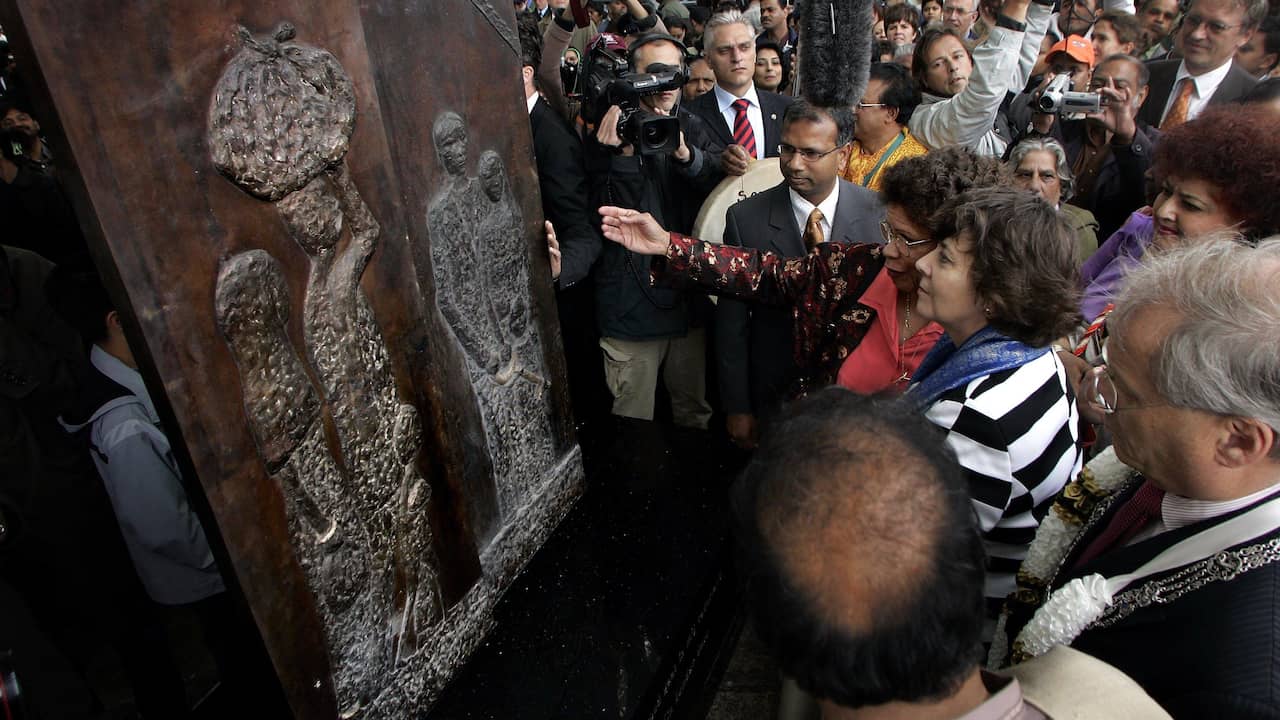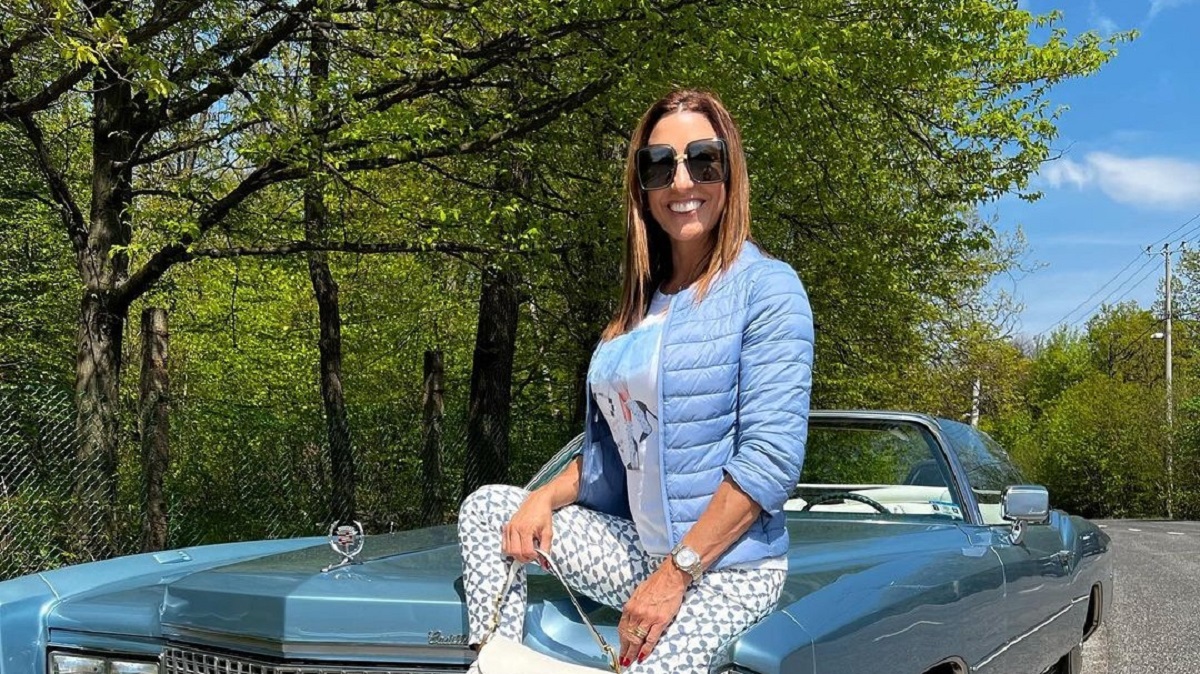Every year on June 5, the Hindu-Surinamese community in the Netherlands and Suriname commemorates Prawas Din, the Hindu Immigration Day. Here you can read why.
On June 5, 1873, the first indentured laborers arrived from India, Pakistan and Bangladesh (the former British India) by boat in Suriname. The Netherlands needed these ‘Hindoestanen’, a population group and not by definition followers of the Hindu religion. Due to the end of slavery, the Netherlands could no longer have heavy work performed for free by enslaved people.
Before leaving for Suriname on the Lalla Rookh, the Hindu migrants had been lured to the Dutch colony under false pretenses.
After their arrival, the contract workers were exploited, mistreated and humiliated on the Surinamese plantations. Racism was not uncommon either. The Museum Vlaardingen states that over five thousand young people perished during the period of colonial indentured labour.
About 34,000 Hindustani emigrated to Suriname between 1873 and 1916. The great majority remained in the then Dutch colony after the five-year contract expired. The period of Hindu indentured labor ended in 1916 after protests from India against the exploitation.
In fact, there was only one difference between the indentured servants and the enslaved they replaced: the former group was given a piece of land after the contract period. They could live on it and grow food.
Around the independence of Suriname in 1975, a large group of Hindustani Surinamese left for the Netherlands. The Netherlands now has approximately 170,000 inhabitants with a Hindu background. This is the largest Surinamese group in the Netherlands.
Creoles and Javanese followed. Smaller groups are the Chinese Surinamese and the original inhabitants of Suriname.
The National Hindustani Immigration Monument has been located in The Hague since 2004. About 45,000 people with a Surinamese-Hindustani background live in that city. The monument was unveiled by the then Minister for Immigration and Integration Rita Verdonk. Suriname has been remembering Prawas Din every year since its independence in 1975.
Johan Ferrier, de first president of independent Suriname, had Hindu roots† His grandmother Dhunphutteea arrived as a seven-year-old girl with the Lalla Rookh in the then Dutch colony. Her mother had not survived the journey due to exhaustion and lack of food.
According to Kathleen Ferrier, former Member of Parliament and the daughter of the first president of Suriname, Prawas Din is not only a day to commemorate, but also to be grateful.
“We owe the unique character of Suriname partly to the contributions of the Hindustani contract workers with admirable perseverance,” the current chairman of the Diaspora Institute Netherlands told NU.nl. “The Netherlands has also benefited from this in this shared history of countries.”
–


